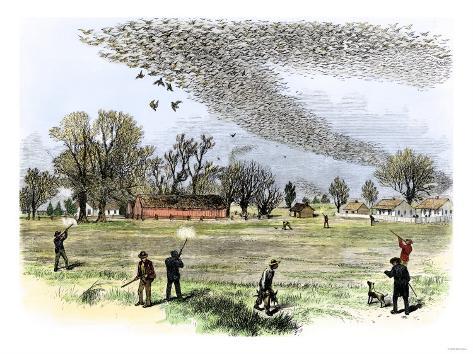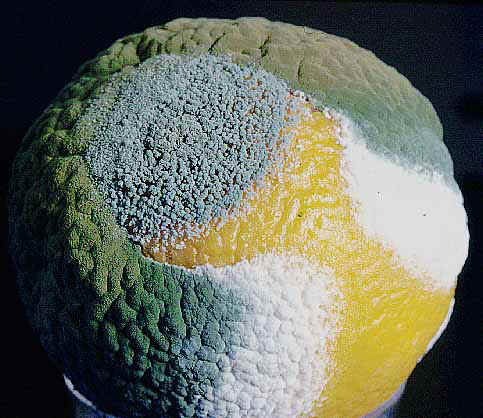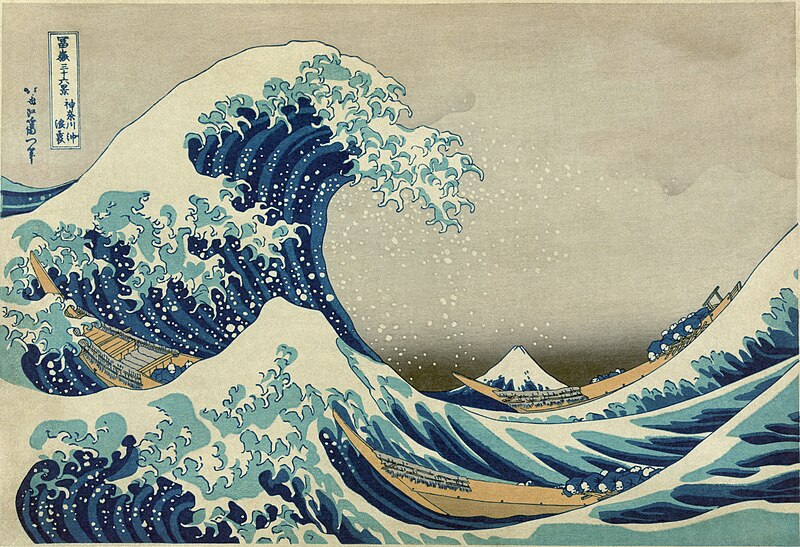Best of the Friday Fun Facts: Collection #4

Here are this week's Friday Fun Facts about Diana Gabaldon's books. This is a collection of some of my favorite items from previous FFF posts. I hope you enjoy them!

1) Sapphires are extraordinarily beautiful gemstones.
"A jewel?” Lord John’s voice sounded blank, even to his own ears. “What sort of jewel?”I like the symbolism of those two sapphires a great deal. The sapphire Jamie gave John can be seen in metaphorical terms as representing John and Jamie's relationship. The other one, the sapphire ring that belonged to Hector, is presumably now destroyed, if it went through the stones, but the sapphire Jamie gave him still exists. John and Jamie's friendship still endures, despite everything.
“Any sort.” Fraser shrugged, impatient. “It doesna matter--so long as it should be some precious gem. I once gave ye such a stone--” His mouth twitched at that; he had handed over the stone, a sapphire, under duress, as a prisoner of the Crown. “Though I dinna suppose ye’d have that by ye, still.”
In point of fact, he did. That particular sapphire had traveled with him for the last twenty-five years, and was at this moment in the pocket of his waistcoat.
He glanced at his left hand, which bore a broad gold band, set with a brilliant, faceted sapphire. Hector’s ring. Given to him by his first lover at the age of sixteen.....Without hesitation, but with some difficulty--the ring had been worn a long time, and had sunk a little way into the flesh of his finger--he twisted it off and dropped it into Jamie’s hand.
(From A BREATH OF SNOW AND ASHES by Diana Gabaldon, chapter 118, "Regret". Copyright© 2005 by Diana Gabaldon. All rights reserved.)

And Hector's ring, symbolizing (to John) the tragic loss of his friend, in the end will help save the life of Bree or Roger or one of the kids. John will never know this, of course, but it makes me, as a reader, feel some sort of closure regarding Hector's death. That something good came out of it after all, I mean, even if it took thirty years.
For more about sapphires, look here.

2) This is what a passenger pigeon looked like. The species, Ectopistes migratorius, became extinct in 1914.

Here's an artist's rendering of a group of men in Louisiana in the 1870's, shooting passenger pigeons for sport. (You can see a bigger version here.) Looking at this, you can get some sense of what Claire and Bree experienced.
Rushing out of the house, I thought at first that a storm had come suddenly upon us. The sky was dark, the air filled with thunder, and a strange, dim light flickered over everything. But there was no moisture in the air, and a peculiar smell filled my nose--not rain. Definitely not rain.Such a shame that they're gone now.
“Birds, my god, it’s birds!” I barely heard Brianna behind me, among the chorus of amazement all around. Everyone stood in the street, looking up. Several children, frightened by the noise and darkness, started to cry.
(From THE FIERY CROSS by Diana Gabaldon, chapter 82, "A Darkening Sky". Copyright© 2001 by Diana Gabaldon. All rights reserved.)

3) This is what Penicillium spores look like under a microscope.
There they were. Dark stalks, topped with clublike spores, dense against the pale bright ground of the microscope’s field of view. Confirmation.
“Got them.” I straightened up, slowly rubbing the small of my back as I looked over my preparations.
A series of slides lay in a neat fan beside the microscope, each bearing a dark smear in the middle, a code written on the end of each slide with a bit of wax from a candle stub. Samples of mold, taken from damp corn bread, from spoiled biscuit, and a bit of discarded pastry crust from the Hogmanay venison pie. The crust had yielded the best growth by far; no doubt it was the goose grease.
Of the various test substrates I had tried, those were the three resultant batches of mold that had contained the highest proportion of Penicillium--or what I could be fairly sure was Penicillium. There were a dismaying number of molds that would grow on damp bread, in addition to several dozen different strains of Penicillium, but the samples I had chosen contained the best matches for the textbook pictures of Penicillium sporophytes that I had committed to memory, years ago, in another life.
(From THE FIERY CROSS by Diana Gabaldon, chapter 36, "Worlds Unseen". Copyright© 2001 by Diana Gabaldon. All rights reserved.)

The photo above shows Penicillium mold growing on an orange. (Yes, I know it looks disgusting, but just remember that similar moldy bits of rotting food produced the penicillin that saved Jamie's life after the snakebite in FIERY CROSS.)
Here's an explanation of how to grow your own penicillin.

4) The picture above is called "The Great Wave off Kanagawa", a wood-block engraving by a 19th-century Japanese artist named Hokusai. (Click on the picture to see a bigger view.)
What does a Japanese artist's rendering of a tidal wave have to do with OUTLANDER? All of Diana Gabaldon's books have a "shape". Here's how Diana described the shape of A BREATH OF SNOW AND ASHES, in a post on Compuserve in November, 2005, shortly after that book was published:
A BREATH OF SNOW AND ASHES isn't a tempest, though--it's a double tidal wave. <g> If you look at the Japanese wood-block print I mentioned in describing it (Google "The Great Wave Off Kanagawa"), you see the enormous cresting wave, spilling bits of water from the crest (these would be the various plot elements), towering over several small boats full of people--and in the background, Mount Fuji stands unmoved. That--Mt. Fuji--would be Jamie and Claire's relationship, if you want to get symbolic, while the "crest" of the first wave is reached with Claire's rescue and Grannie Wilson's resurrection (which is the symbolic spiritual resolution of that particular episode). The second wave then begins to build from a much lower point of tension, rising to (we hope) an even higher peak as it threatens all the characters in their frail little boats. And at the end, Mount Fuji is still standing. <g>I like this image because it fits very well with my experience while re-reading ABOSAA. That book always leaves me emotionally drained, exhausted, by the end. I think the idea that the readers, as well as the characters in the story, have been tossed onto the shore at the very end of the book by some gigantic wave is not hard to imagine at all. <g> I always need a bit of time to recover after I finish a re-read (or "re-listen") of ABOSAA, and this picture helps to explain why.

5) The mangrove trees shown above are located in the Los Haitises National Park in the Dominican Republic, not far from where Claire landed after her escape from the Porpoise. (Click on the photo for a bigger view.) I like this photo because it looks just like the scene described in VOYAGER:
The thick bushlike plants must be mangroves. They stretched as far as I could see in either direction; there was no alternative but to clamber through them. Their roots rose out of the mud in big loops like croquet wickets, which I tripped over regularly, and the pale, smooth gray twigs grew in bunches like finger bones, snatching at my hair as I passed.Here's a short but very informative video about mangroves, filmed in the Dominican Republic.
(From VOYAGER by Diana Gabaldon, chapter 50, "I Meet a Priest". Copyright© 1994 by Diana Gabaldon. All rights reserved.)
For more information about mangroves, look here.
I hope you enjoyed this 4th installment of the Best of the Friday Fun Facts! Here are the previous collections:
Best of the Friday Fun Facts: Collection #1
Best of the Friday Fun Facts: Collection #2
Best of the Friday Fun Facts: Collection #3
Look here to see all of my Friday Fun Facts blog posts. And please come back next week for more!







Regarding sapphires, they are of the family of corundum. And - while generally considered that classic hot electric blue - saphs can actually be of any color. Except red. Red corundum is called ruby. The birthstone for September, I have to wonder when is Lord John's birthday?!
Enjoy a marvelous weekend!
Kitty, San Diego